Understanding Trademark Recordation and Its Importance

This article explores the definition of trademark recordation, emphasizing its significance in safeguarding intellectual property rights. It elucidates eligibility requirements, process intricacies, and necessary documentation for successful trademark recordation. The discussion extends to maintaining accurate trademark records and potential consequences of neglecting this practice, while delineating distinctions between recordation and registration. Understanding these aspects can foster effective management of trademarks, thereby promoting commercial identity protection.
Definition of Trademark Recordation
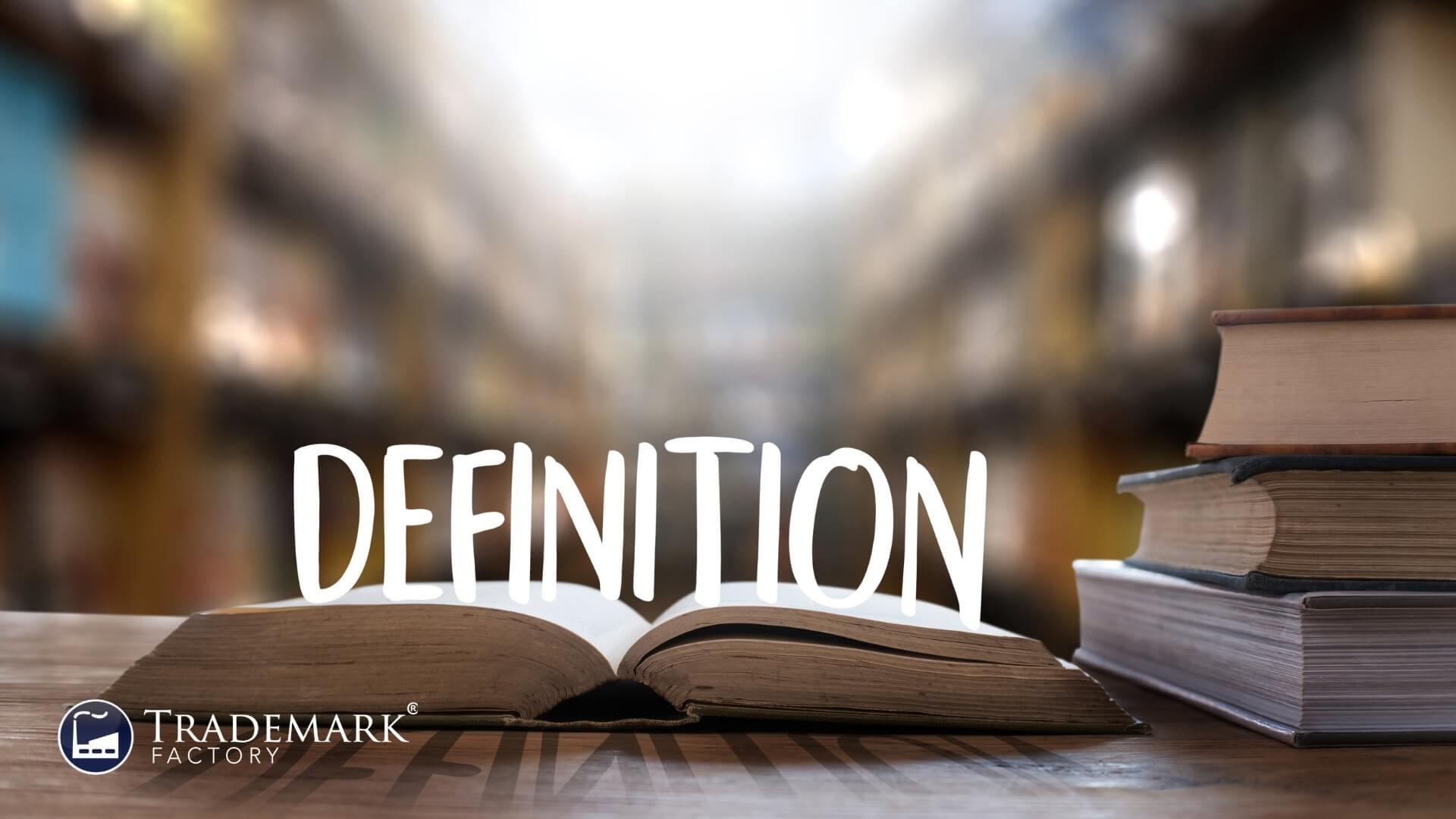
Trademark recordation is defined as the formal process of recording and documenting all relevant information related to a trademark. The importance of this procedure lies in its legal post-registration trademark requirements and advantages, which include establishing an official record with significant process steps. Such recordation benefits are vital for any entity desiring recognition or belonging in the marketplace. This leads to the exploration of additional benefits provided by trademark recordation.
Benefits of Trademark Recordation

Benefits associated with the process of registering a brand name or logo include preservation of rights, public notice, and enhanced legal standing. The significance of these advantages underscores the importance and value of trademark recordation in maintaining trademark and brand integrity. Detail-oriented understanding of trademark laws is crucial for leveraging these benefits effectively. This discussion naturally segues into the subsequent topic concerning eligibility for trademark recordation.
Eligibility for Trademark Recordation
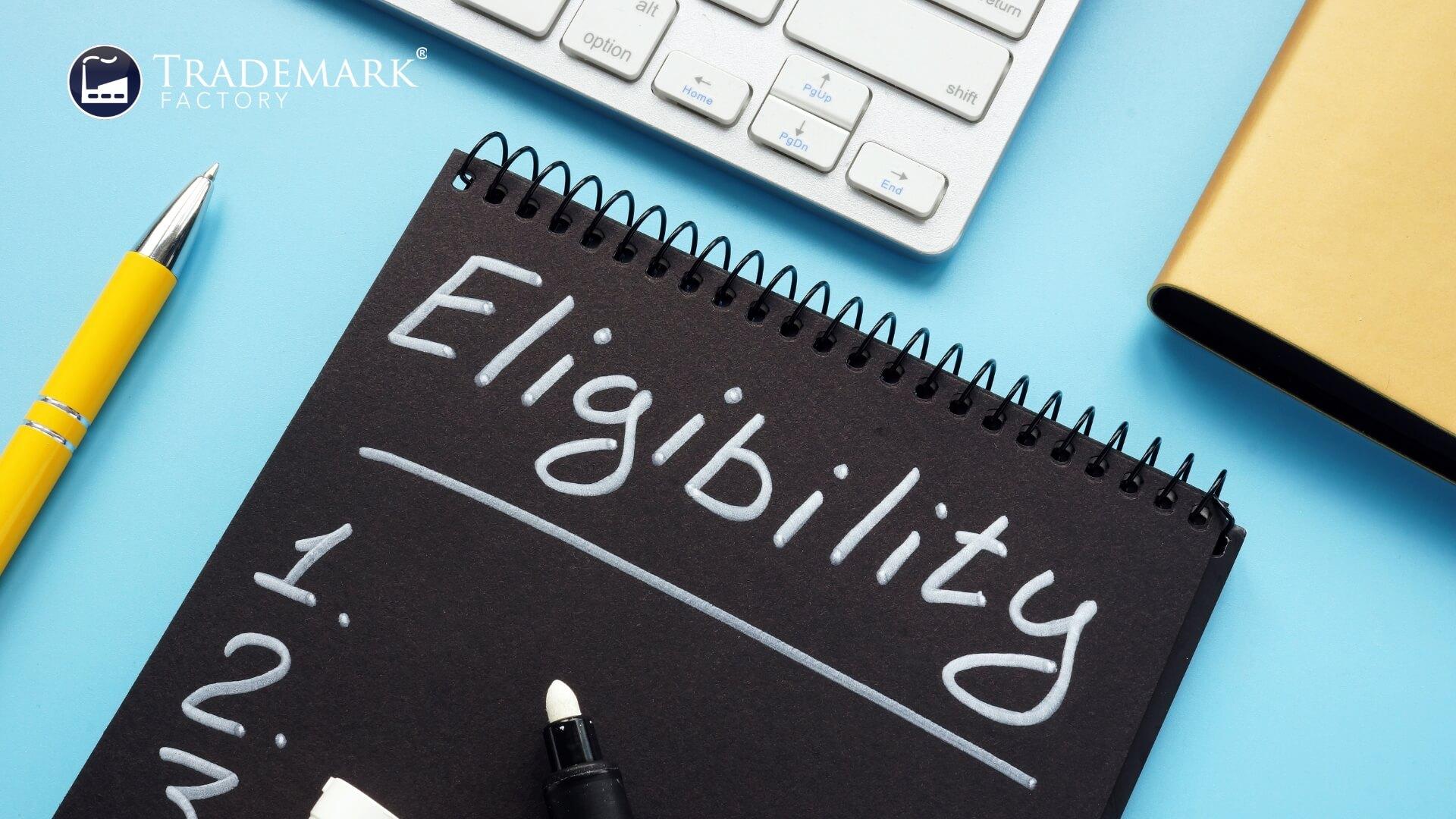
Eligibility for registering a brand name or logo hinges on several key factors such as the active use of the mark and the valid basis on which it is registered.
- Understanding common misconceptions about recordation
- Meeting necessary recordation requirements
- Adhering to the set recordation timeline
- Acknowledging recordation benefits
- Recognizing nuances in recordation for international trademarks
These points facilitate informed decision-making processes. Moving forward, focus shifts towards identifying pertinent documents required for efficient trademark recordation.
Required Documents for Trademark Recordation

Necessary documentation for successful brand name or logo registration includes evidence of ownership, identification of associated goods and services, and proof of active usage.
Required Documents
Description
Proof of Ownership
Establishes trademark ownership
Identification of Goods/Services
Accurate descriptions related to the trademark
Evidence of Use
Crucial for in-use trademarks
The importance of documentation cannot be overstated, as it validates trademark ownership rights. The subsequent discussion will focus on the process involved in trademark recordation.
Trademark Recordation Process
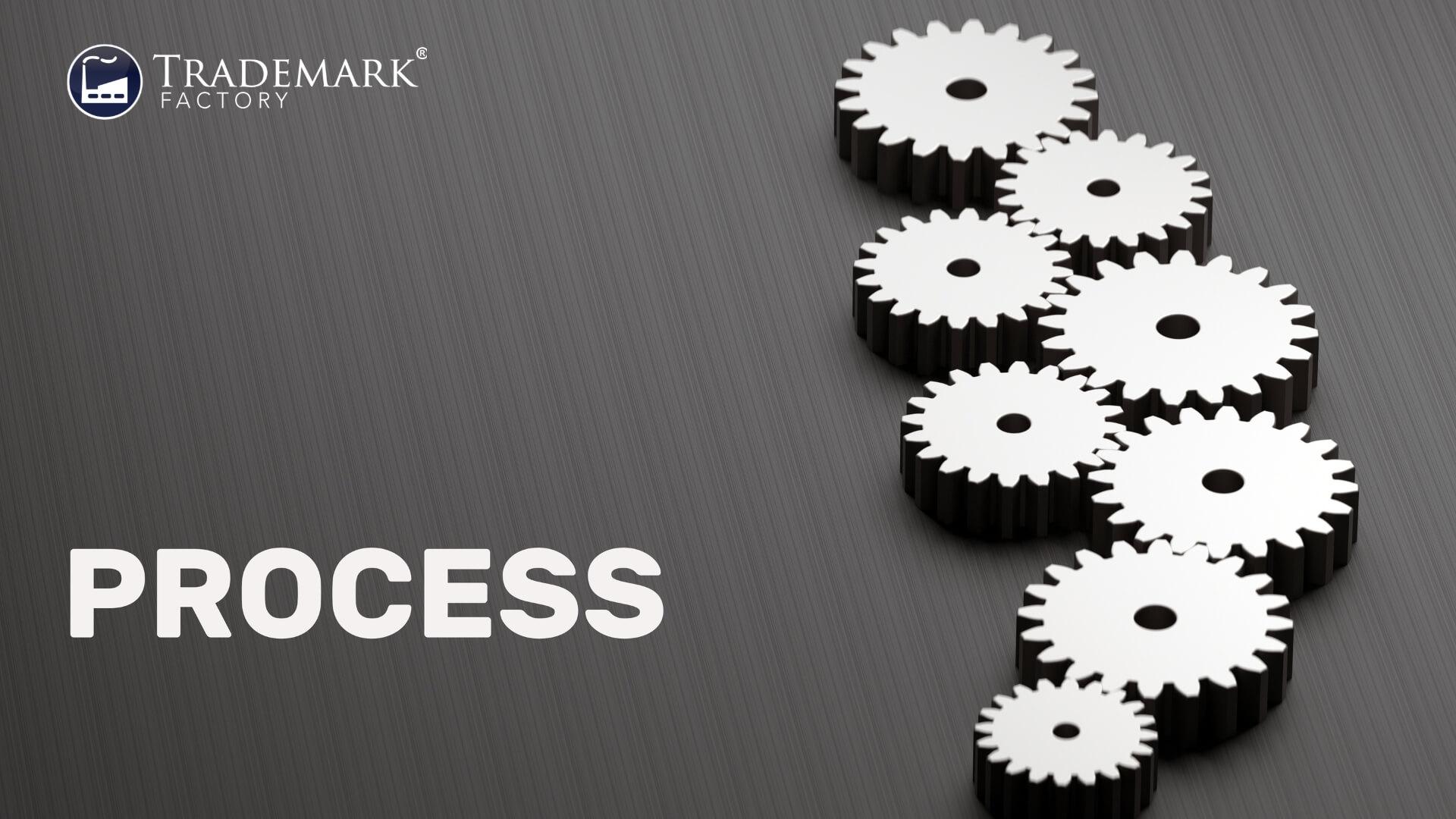
The process for registering a brand name or logo involves several crucial steps, beginning with the submission of an application and culminating in the issuance of a certificate and public notification. This recordation process can be understood through:
- Trademark Recordation Timeline
- Recordation Process Flowchart
- Recordation Application Checklist
- Recordation Best Practices
- Recordation Case Studies
These elements provide a comprehensive overview, leading to the examination of fees associated with trademark recordation.
Fees Associated with Trademark Recordation
 Assessing the costs involved in submitting an application for brand name or logo registration provides insight into financial aspects of intellectual property protection. Trademark recordation fees comparison, factors affecting these fees, strategies for reducing costs, international fees, and hidden costs are all pertinent considerations. The importance of understanding these costs is underscored when transitioning to maintaining accurate trademark records.
Assessing the costs involved in submitting an application for brand name or logo registration provides insight into financial aspects of intellectual property protection. Trademark recordation fees comparison, factors affecting these fees, strategies for reducing costs, international fees, and hidden costs are all pertinent considerations. The importance of understanding these costs is underscored when transitioning to maintaining accurate trademark records.
Maintaining Accurate Trademark Records

Maintaining up-to-date documentation of brand name or logo registration plays a critical role in effective intellectual property protection. It ensures:
- Importance of accuracy for legal validity
- Minimizing potential errors through diligent record keeping strategies
- Avoidance of legal implications from outdated records
- Maintaining documentation as a proactive measure
- Legal advantages offered by accurate and updated records
In the ensuing discussion, the focus will shift to examining how to effectively manage updates to trademark records.
Updating Trademark Records

Upon maintaining accurate trademark records, updating them poses challenges, especially during address changes, goods/services expansion and name alterations. Recordation challenges can lead to trademark infringement with severe legal implications. Thus, the importance of timely trademark renewal and international recordation cannot be overstated. A comprehensive understanding of these complexities is crucial before delving into the consequences associated with not proper recording a trademark.
Consequences of Failing to Record a Trademark

Neglecting to document a proprietary logo or name can lead to the forfeiture of certain legal privileges. These consequences of recordation failure encompass:
- Loss of established legal protections
- Evidence challenges in trademark disputes
- Higher susceptibility to conflicting claims
- Complications during enforcement of rights
- Possible infringement by third parties
Understanding these implications serves as a precursor to grasp differences between trademark recordation and registration, enhancing one's knowledge on safeguarding intellectual property.
Differences between Trademark Recordation and Registration

The complexities of trademark law necessitate a thorough understanding of the processes involved, particularly the distinction between recordation and registration. By exploring the nuances of these often conflated concepts, this discussion will provide a comprehensive resource for navigating trademark recordation. Moreover, it will delve into the legal implications inherent in these processes and their consequential impact on trademark rights to ensure that potential pitfalls are avoided.
Navigating Trademark Recordation: A Comprehensive Resource
Navigating Trademark Recordation: A Comprehensive Resource, offers an in-depth exploration of the processes and procedures involved in trademark recordation. The resource provides valuable insights into:
- Trademark recordation benefits
- Steps in the trademark recordation process
- Fees associated with trademark recordation
- Eligibility criteria for trademark recordation
- Documentation requirements for successful trademark recordation
This guide aims to equip readers with a robust understanding of this critical legal procedure.
Frequently Asked Questions
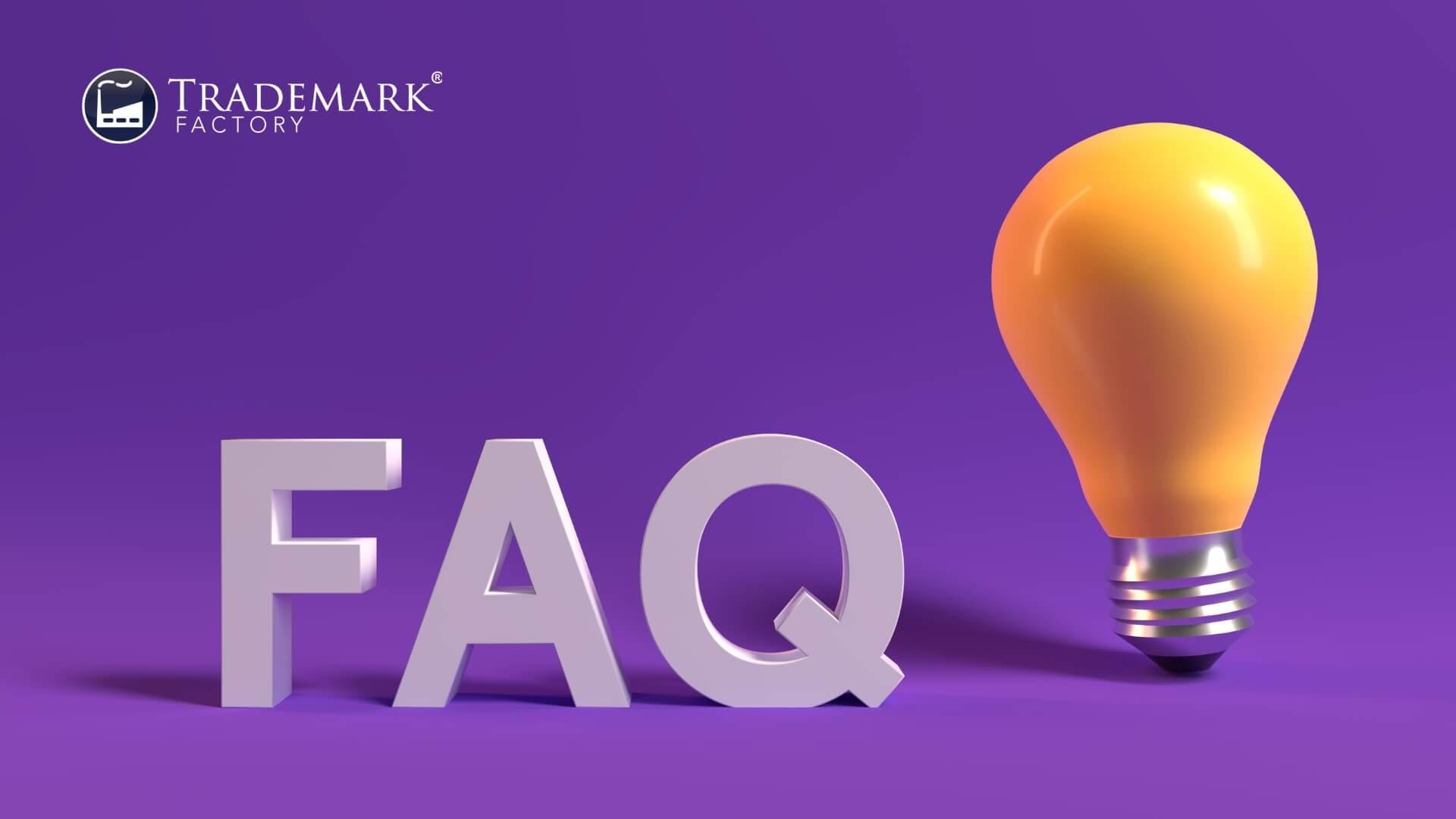
What Is the Process for Transferring a Trademark to Another Party?
The process of transferring a trademark involves Trademark Assignment, necessitating crafted Transfer Agreements. Legal Procedures must be followed and Assignment Considerations evaluated to ensure successful Rights Transfer.
Does the Country Where I Record My Trademark Impact Its International Protection?
The country of trademark recordation profoundly influences its international protection, dictated by regional differences, global jurisdictions, trademark treaties, and cross-border enforcement mechanisms. International registration can mitigate some jurisdictional limitations.
Can a Trademark Recordation Be Challenged or Disputed by Others?
Trademark recordation legality can indeed be challenged through various mechanisms, including dispute resolution procedures, trademark opposition proceedings, infringement claims, and cancellation proceedings initiated by other parties.
How Often Do I Need to Renew My Trademark Recordation?
Trademark recordation necessitates regular renewal, typically every ten years. Legal requirements mandate submission of renewal fees and documentation within the stipulated recordation timeline to avoid trademark expiration.
What Types of Trademarks Are Ineligible for Recordation?
Ineligible Trademark Examples often include generic terms, descriptive marks lacking secondary meaning, and deceiving trademarks. These fall under Unrecordable Trademark Categories due to Trademark Recordation Limitations and fail to meet the Trademark Eligibility Criteria.
Conclusion
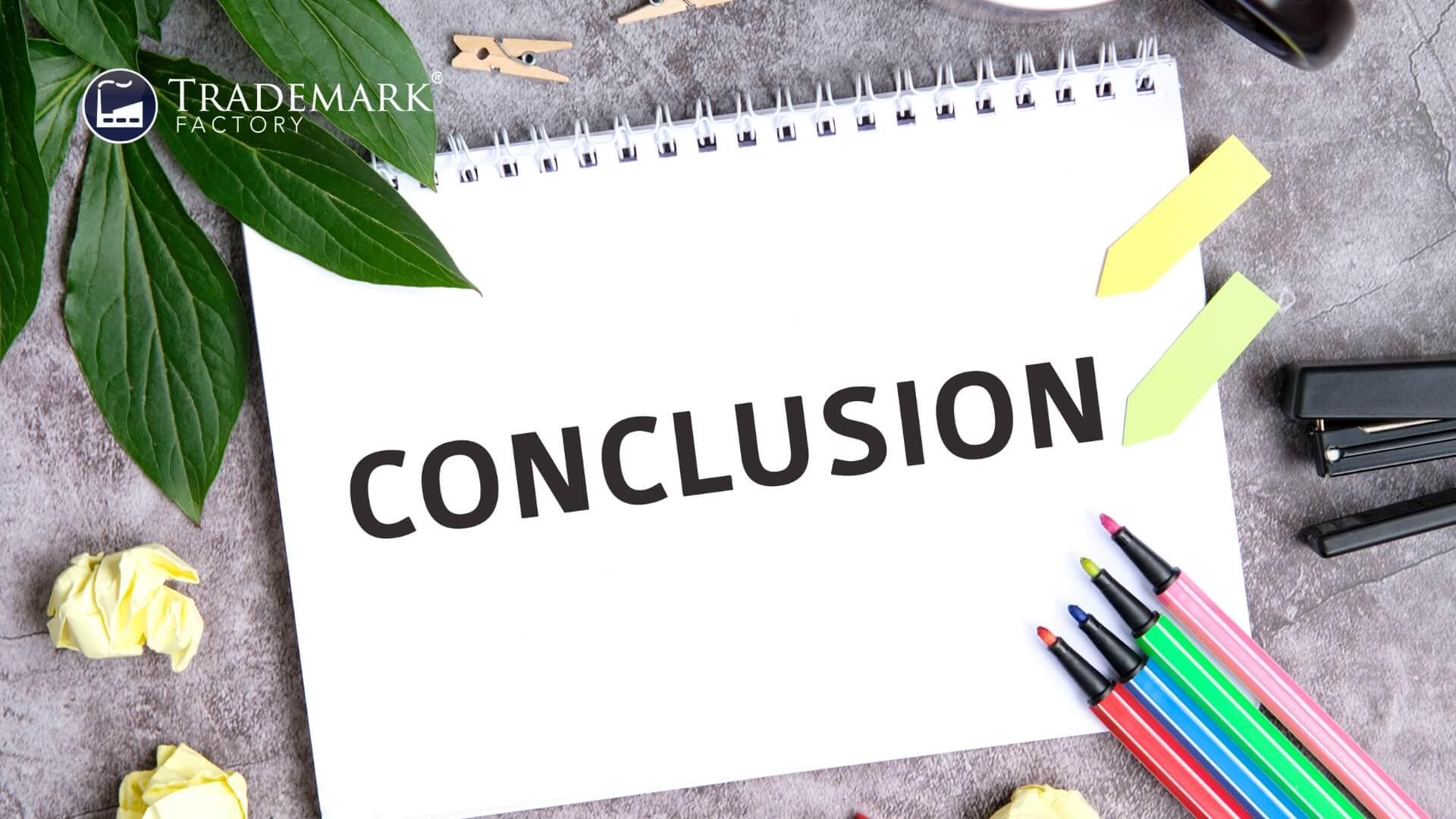
In conclusion, the process of trademark recordation proves crucial for businesses in safeguarding their unique identifiers. Proper documentation and timely updates not only uphold legal rights but also prevent potential disputes. Despite similarities, it's imperative to discern between trademark recordation and registration, as both entail distinct processes and benefits. Therefore, a thorough understanding of these procedures can significantly contribute to an effectively managed intellectual property portfolio.
Subscribe to Trademark Wednesdays, our weekly newsletter where we'll send fun and informative trademarking topics straight to your inbox.




